Optimal Timing for Concrete Installations
Concrete installations are influenced by seasonal and weather conditions that affect curing and durability. Understanding the best time to undertake these projects ensures optimal results and longevity of the surface. Factors such as temperature, humidity, and precipitation play crucial roles in the success of concrete work.
Spring offers moderate temperatures and lower humidity, ideal for concrete curing. It allows for longer working hours and reduces the risk of early cracking.
Summer provides warm weather that accelerates curing, but excessive heat and dry conditions require additional moisture control to prevent cracking.
Fall typically presents cooler temperatures and less rain, making it suitable for concrete projects that require a longer curing period.
Cold temperatures can hinder proper curing and increase the risk of freezing, making winter less ideal for concrete installations without proper planning.
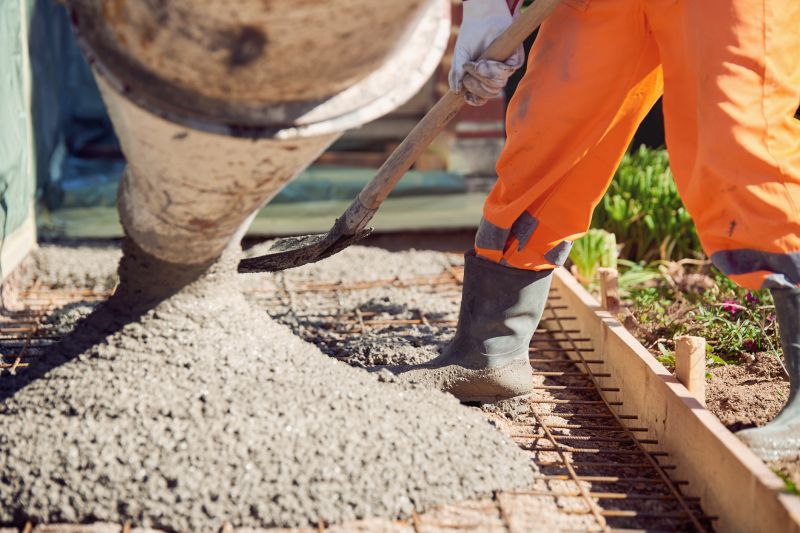
Ways to make Concrete Installations work in tight or awkward layouts.
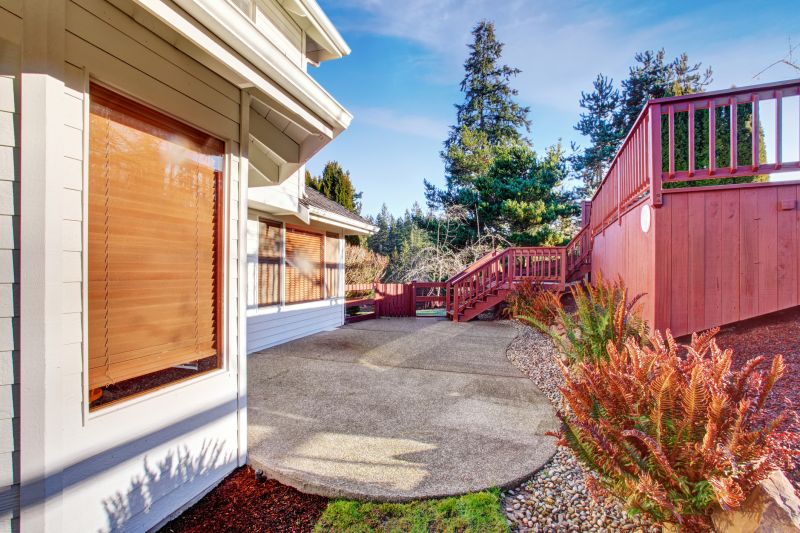
Popular materials for Concrete Installations and why they hold up over time.
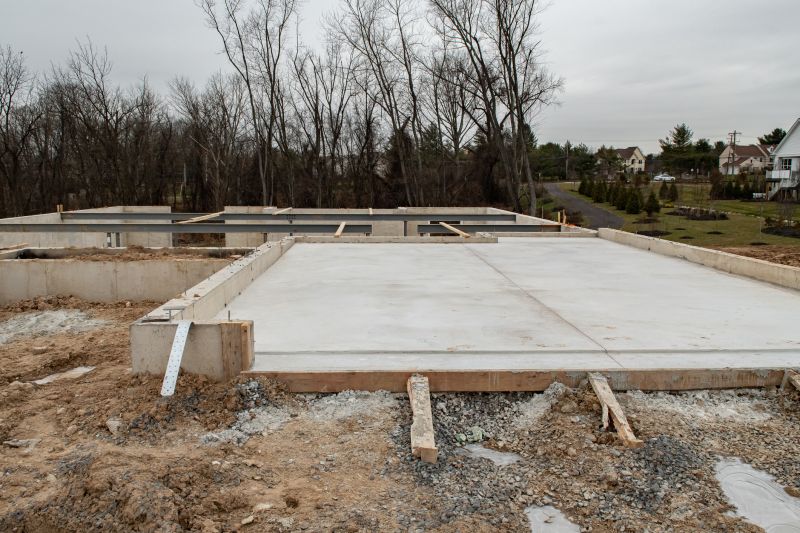
Simple add-ons that improve Concrete Installations without blowing the budget.
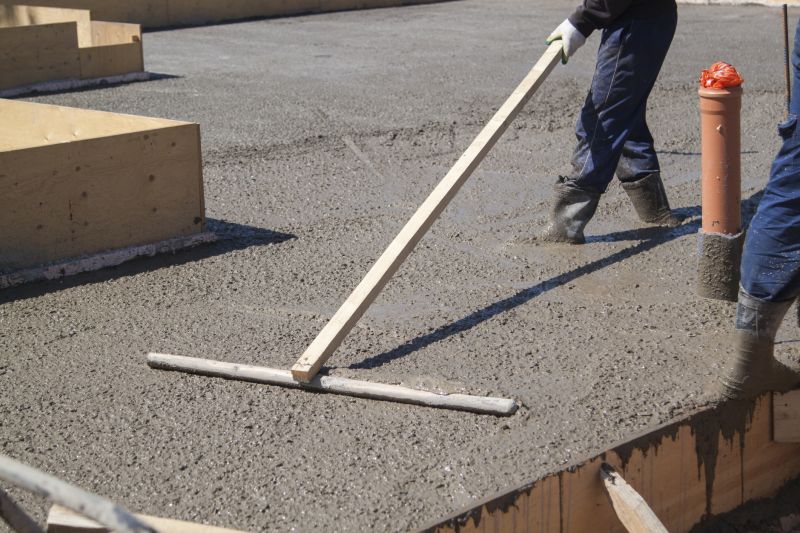
High-end options that actually feel worth it for Concrete Installations.
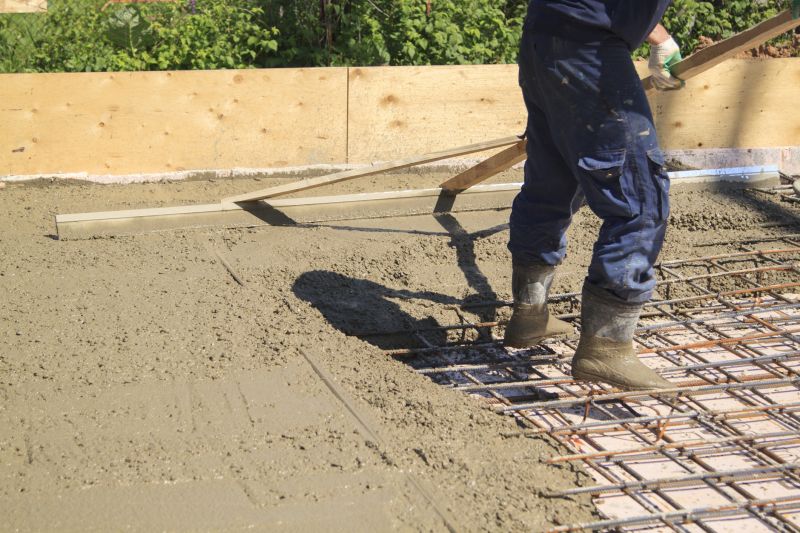
Finishes and colors that play nicely with Concrete Installations.
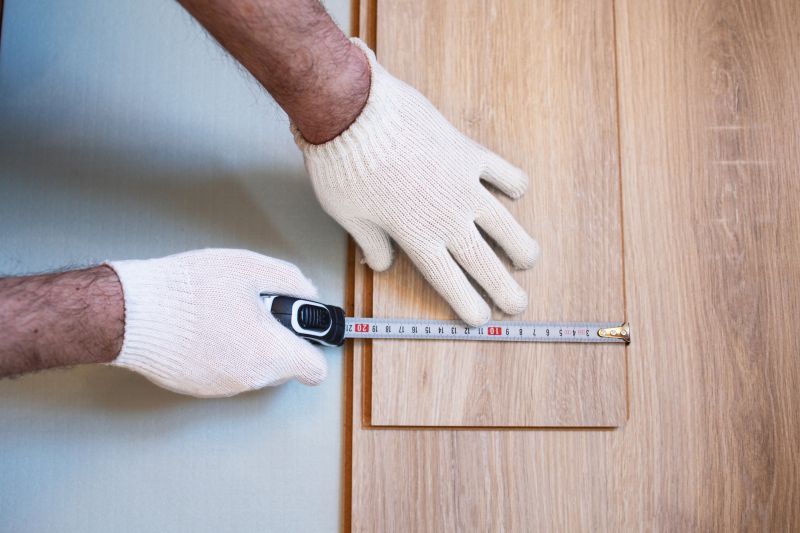
Little measurements that prevent headaches on Concrete Installations day.
Concrete installations are essential for various applications including driveways, patios, walkways, and foundations. Proper timing ensures that the concrete cures correctly, resulting in a durable and long-lasting surface. The curing process typically requires consistent moisture and temperature conditions, which are most easily maintained during specific seasons.
| Season | Ideal Conditions |
|---|---|
| Spring | Moderate temperatures, low humidity, minimal rain |
| Summer | Warm weather, monitor for excessive heat |
| Fall | Cooler temperatures, less rain |
| Winter | Cold temperatures, potential for freezing |
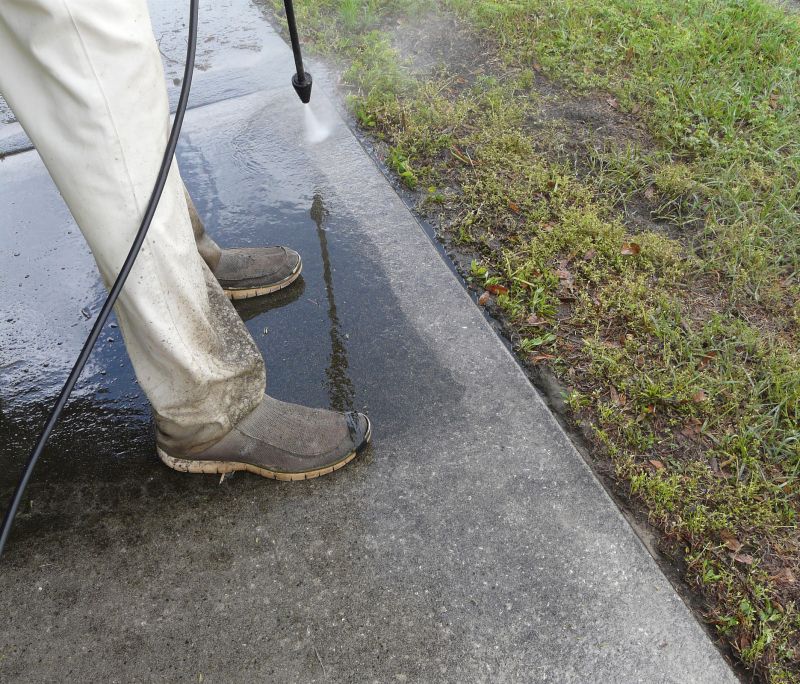
A 60-second routine that keeps Concrete Installations looking new.

A frequent mistake in Concrete Installations and how to dodge it.
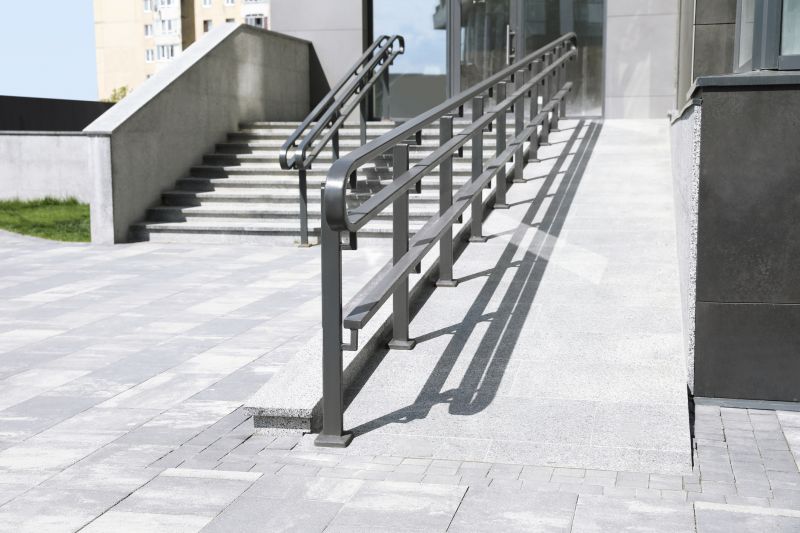
Small tweaks to make Concrete Installations safer and easier to use.

Lower-waste or water-saving choices for Concrete Installations.
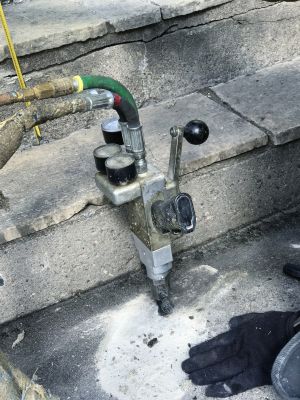
The short, realistic tool list for quality Concrete Installations.
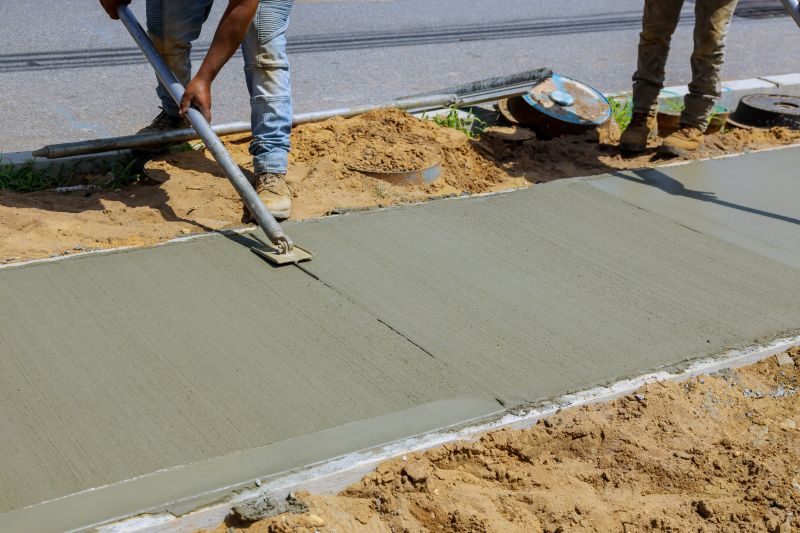
Rough timing from prep to clean-up for Concrete Installations.
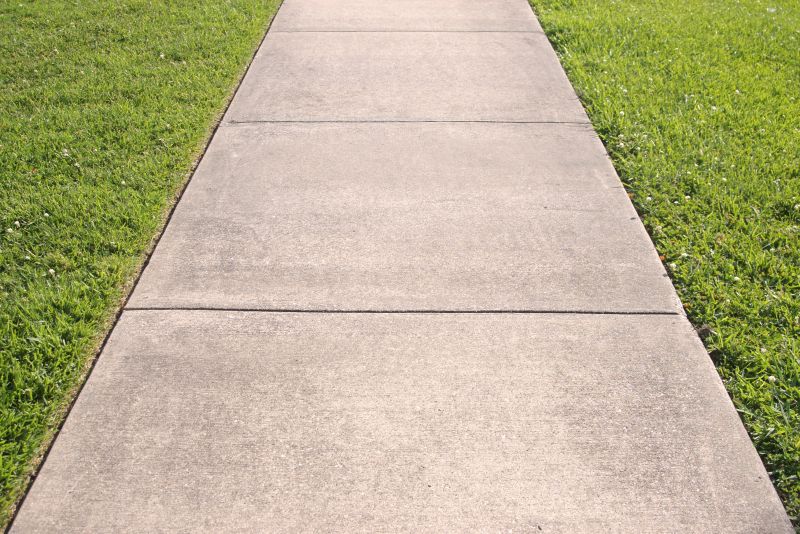
Quick checks and paperwork to keep after Concrete Installations.
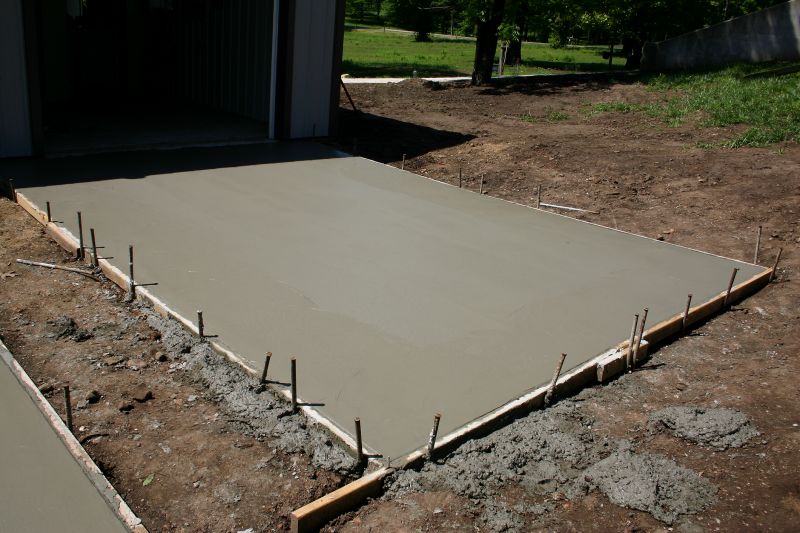
Examples that show the impact a good Concrete Installations can make.

Ways to make Concrete Installations work in tight or awkward layouts.
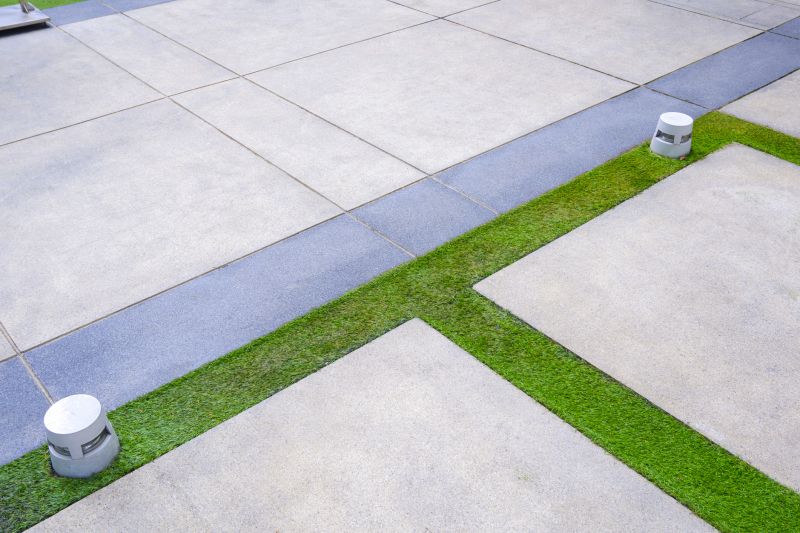
Ways to make Concrete Installations work in tight or awkward layouts.
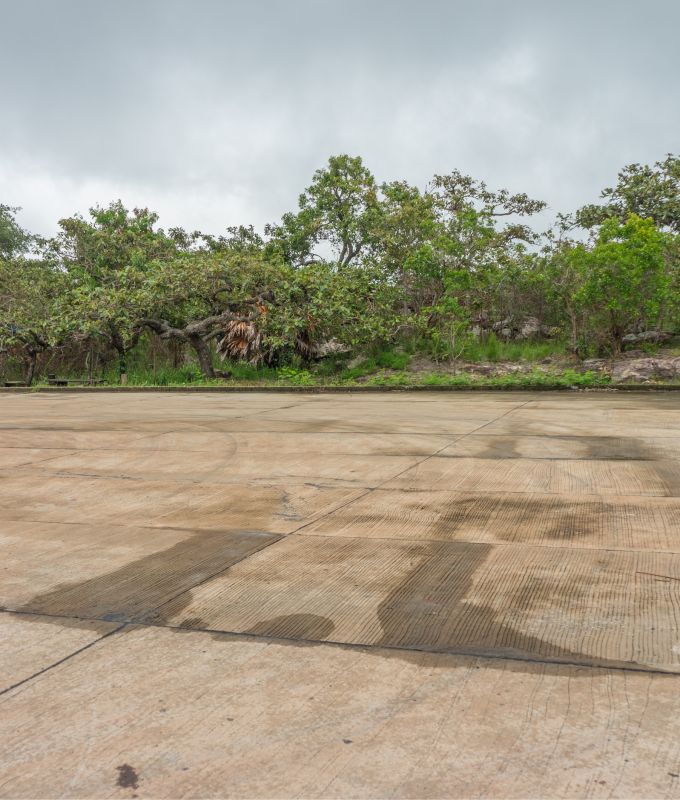
Ways to make Concrete Installations work in tight or awkward layouts.
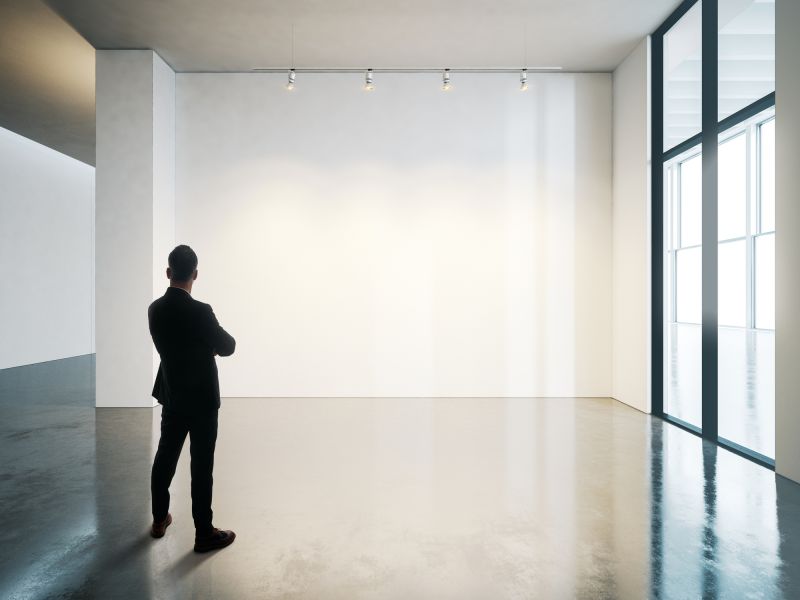
Ways to make Concrete Installations work in tight or awkward layouts.
Choosing the right time for concrete installations can prevent issues such as cracking, scaling, and improper curing. Planning projects during suitable seasons allows for optimal curing conditions, which contribute to the strength and appearance of the finished surface.
Interested in scheduling a concrete installation? Fill out the contact form to receive more information and assistance with your project.
